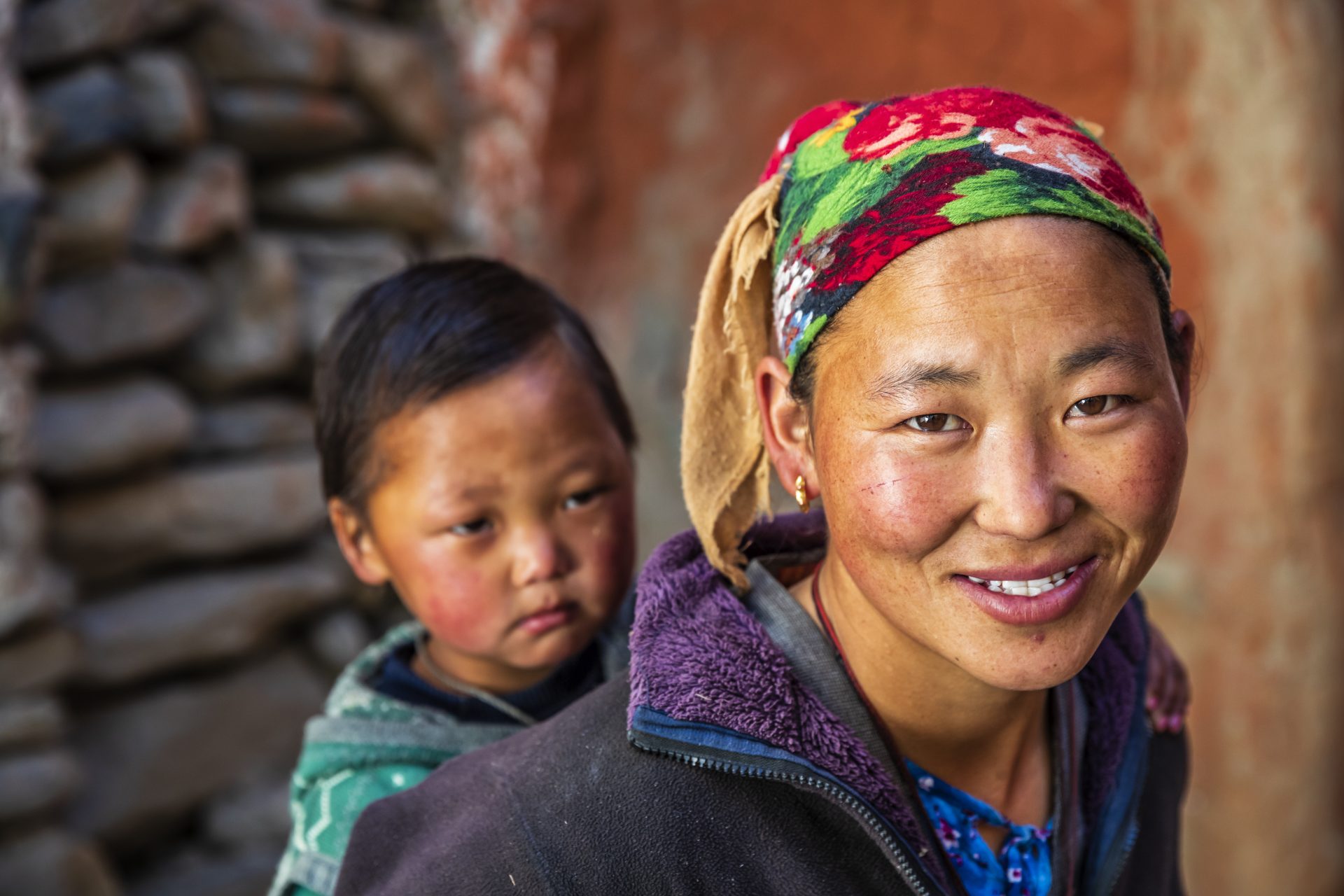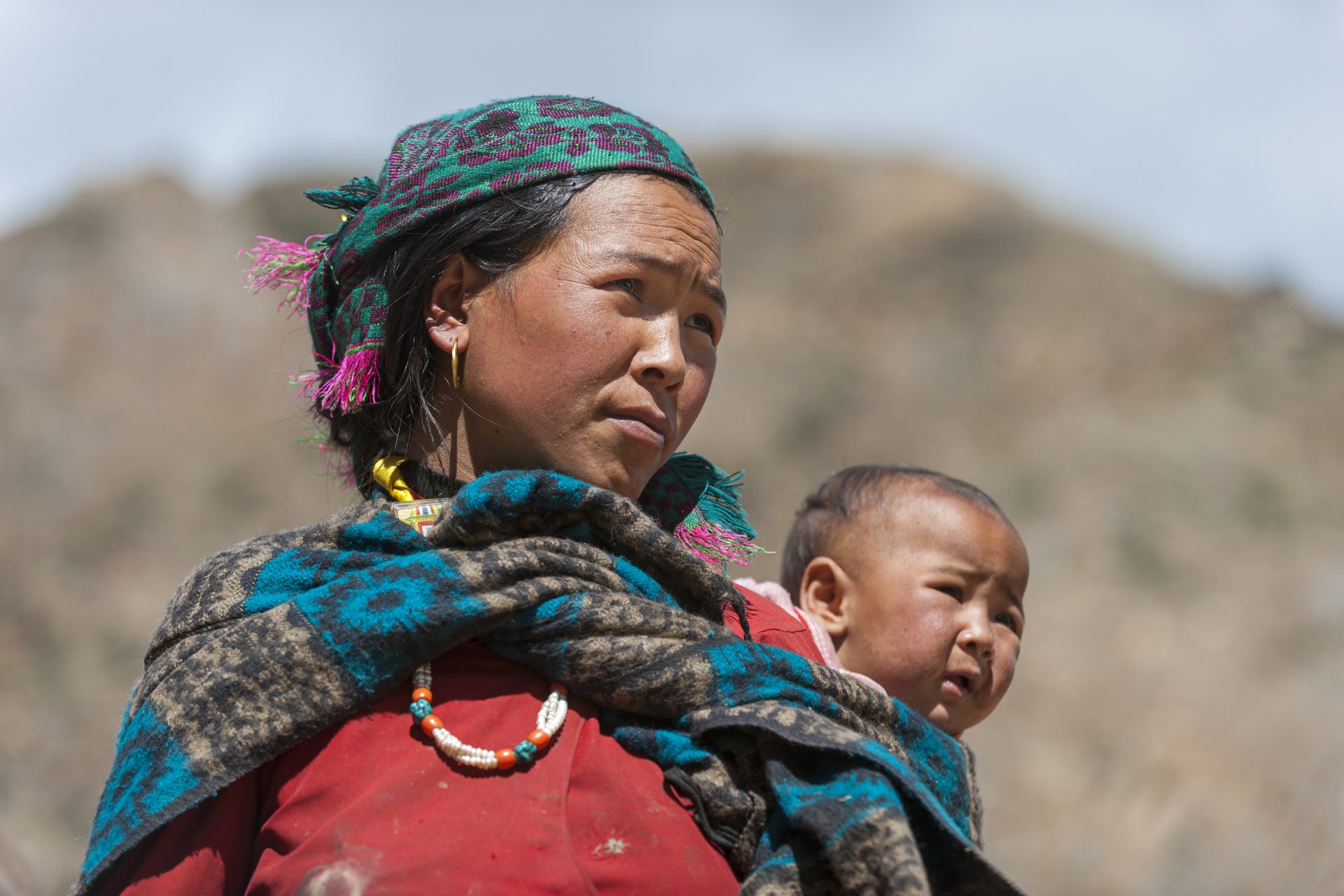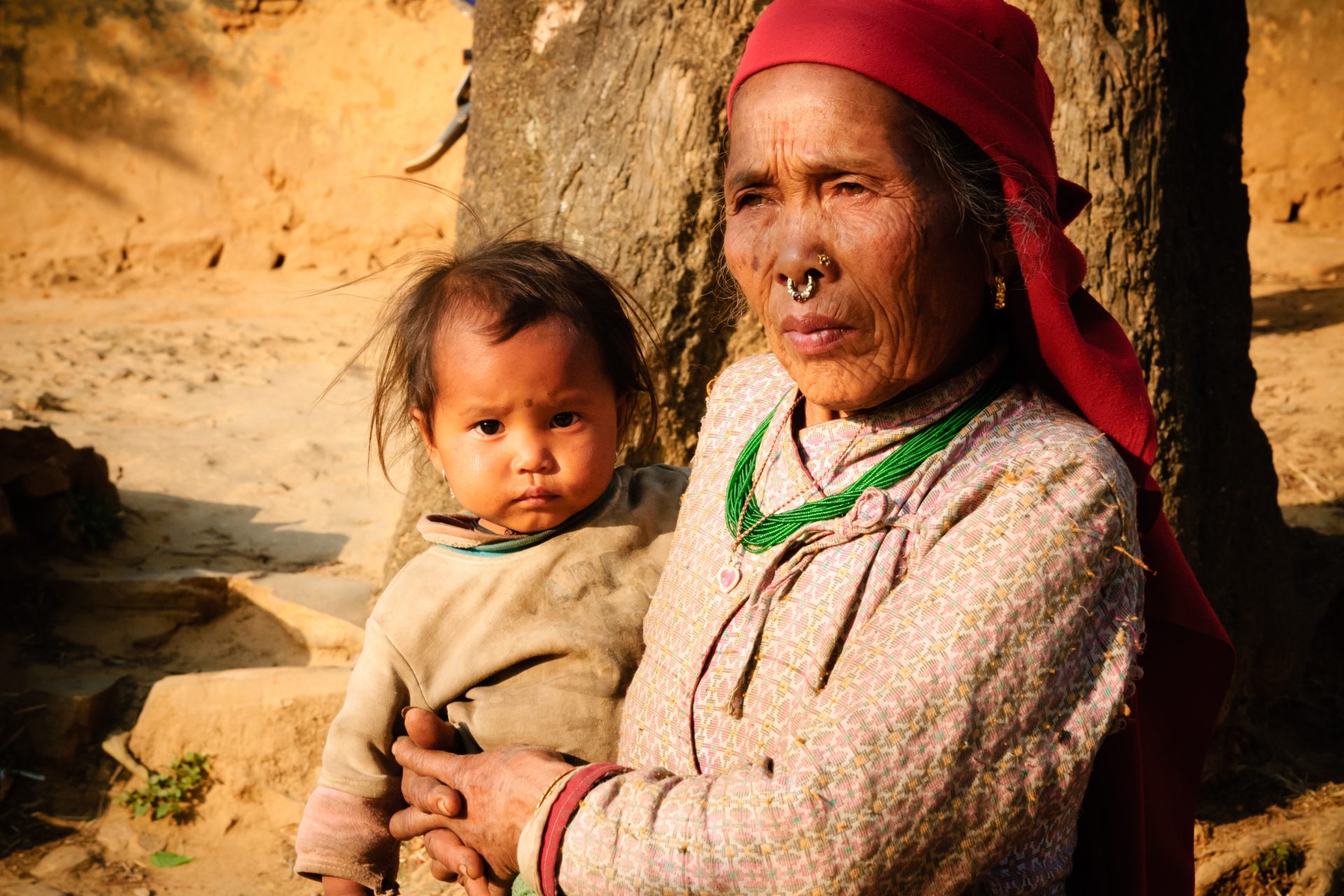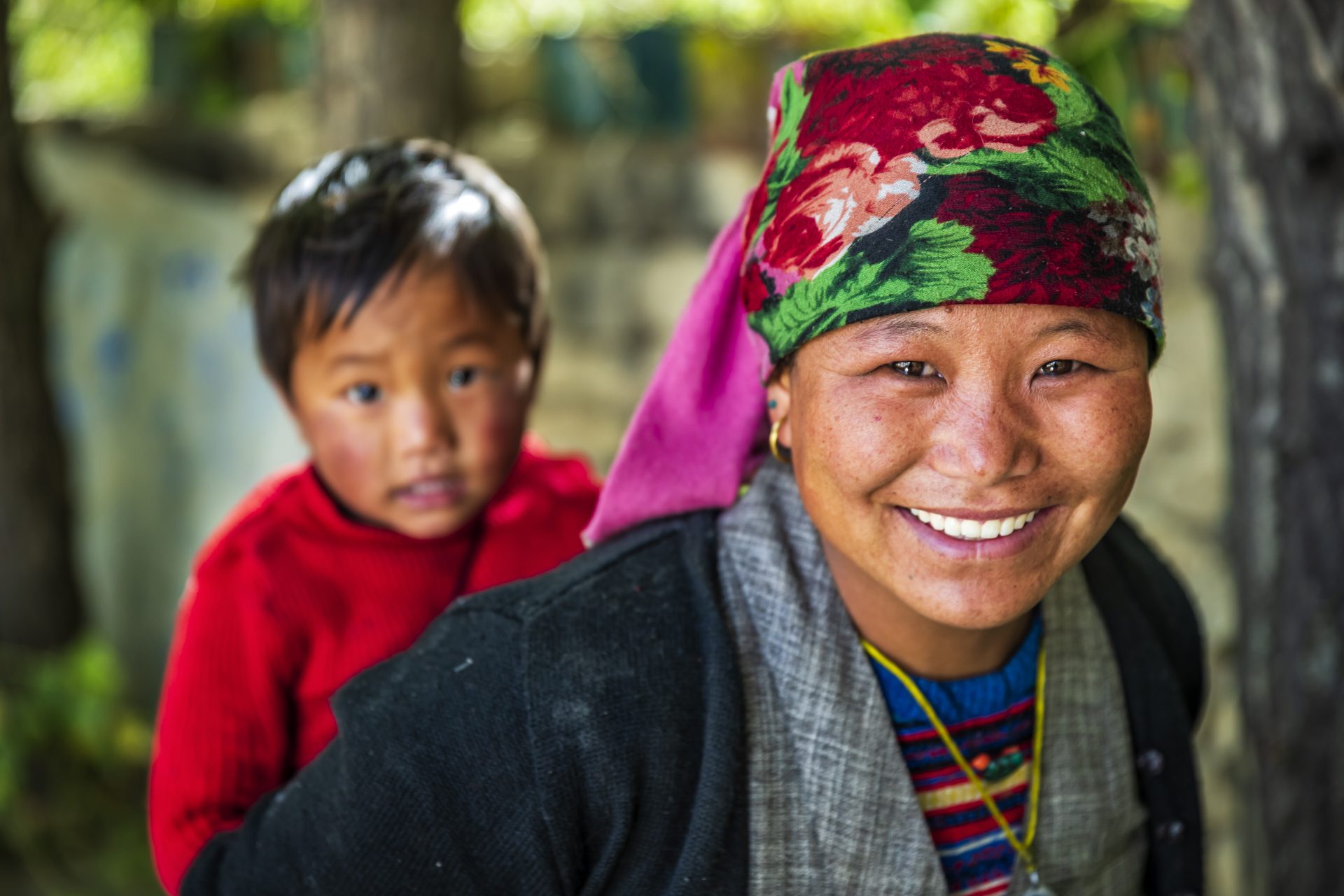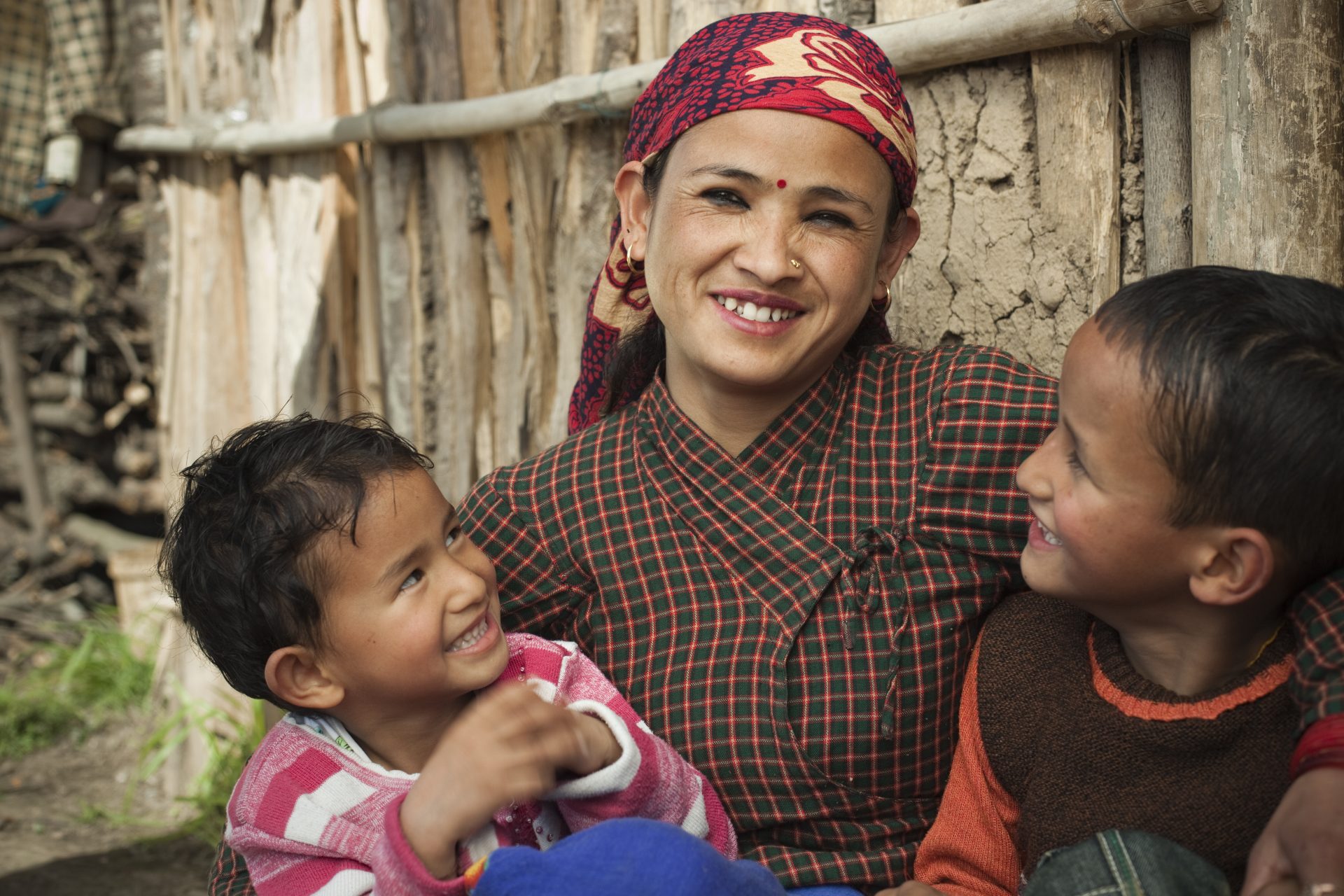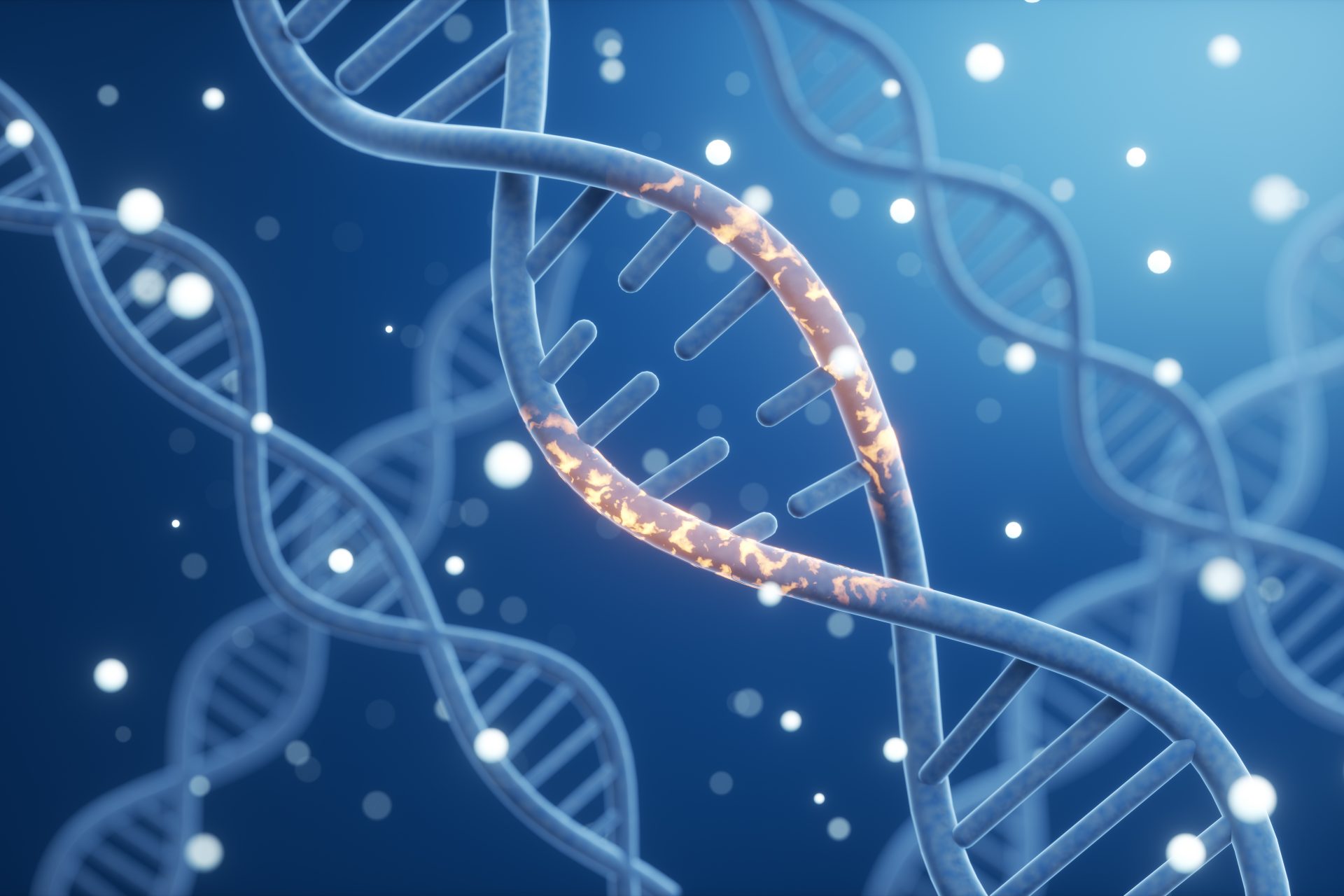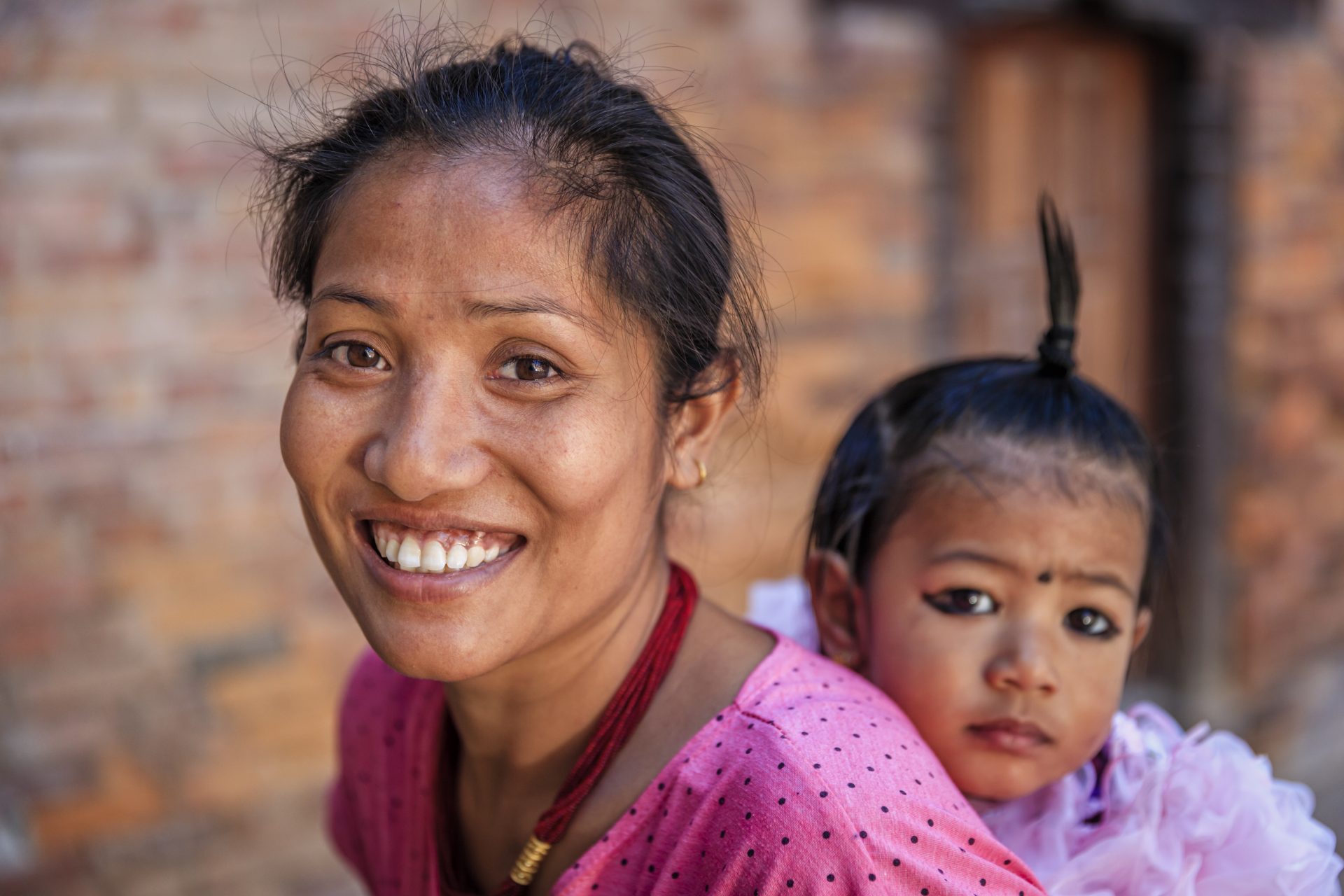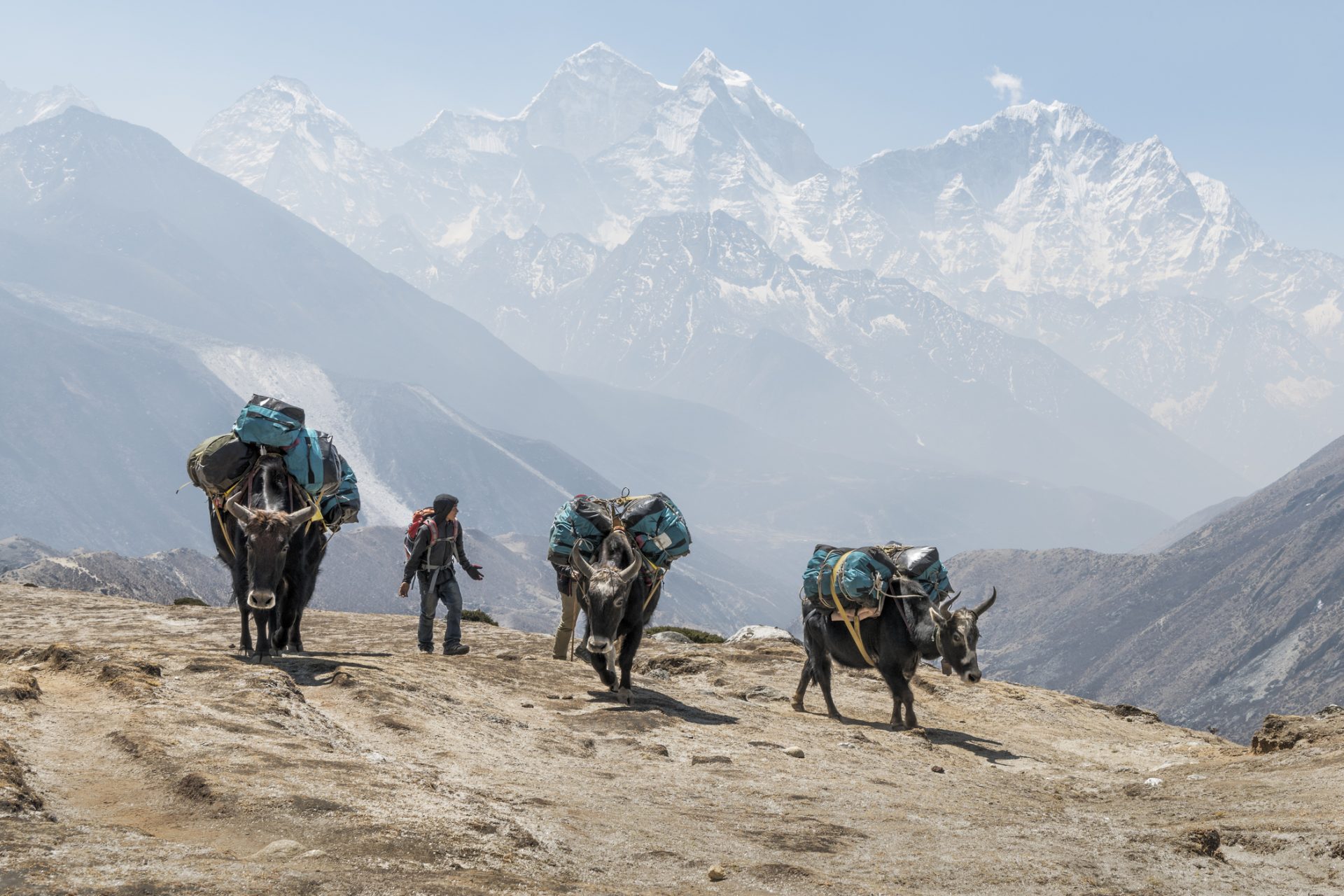Genetic mutation helps Tibetans thrive at high altitudes, study shows
A recent study, published in PNAS (Proceedings of the National Academy of Sciences), on the adaptation of Tibetan communities to high altitudes proves that human beings are constantly evolving.
Populations in mountainous regions breathe air with less oxygen, but maintain a normal reproductive cycle. Scientists sought to understand how the body adapts to this.
Thus, they analyzed the mechanisms of oxygen distribution in the body and its influence on the number of live births.
This is because reproductive success is considered a key indicator of evolutionary adaptation.
Scientists discovered that women with the highest number of children had unique characteristics in their blood and cardiovascular system, reported the UOL website.
The research, carried out on women aged between 46 and 86, showed that they have developed characteristics that allow them to meet the body's oxygen needs without overloading the heart.
These adaptations increased their chances of having healthy children, who also tended to inherit these traits and pass them on to future generations.
The women who participated in the study lived between 3,657 and 4,267 meters above sea level, in the Mustang region of Nepal, at the southern tip of the Tibetan plateau.
The results showed that those who gave birth to more live children had moderate levels of hemoglobin and high oxygen saturation.
This indicates an efficient distribution of oxygen to cells without increasing blood viscosity, which reduces the effort put into the heart and avoids cardiac wear associated with pumping denser blood, notes the Olhar Digital website.
In addition, their hearts had wider left ventricles, responsible for pumping oxygenated blood to the body, allowing better use of the available air.
The researchers concluded that this genetic trait probably originated in the Denisovans, who inhabited Siberia approximately 50,000 years ago. Their descendants would have migrated to Tibet, reported UOL.
The newspaper Publico explains that, according to the study, these indigenous populations have a unique variant of the EPAS1 gene, responsible for regulating a blood protein.
In addition to DNA samples, researchers also collected data on these women's reproductive history, body measurements and social factors.
"Understanding how populations like this adapt gives us a better understanding of the processes of human evolution," said study author Cynthia Beall, quoted by UOL.
The study reveals how humans are able to adapt to extreme environments, providing clues about how we might face future challenging conditions.
Never miss a story! Click here to follow The Daily Digest.
More for you
Top Stories



